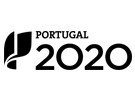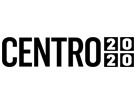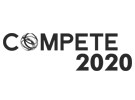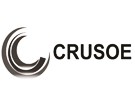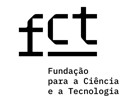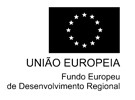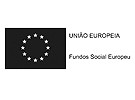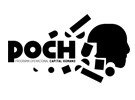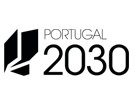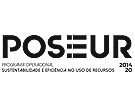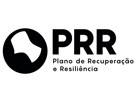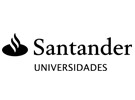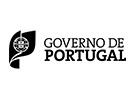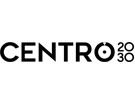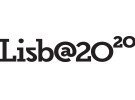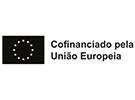



Publication in the Diário da República: Despacho n.º 15239/2016 - 19/12/2016
5 ECTS; 1º Ano, 2º Semestre, 30,0 T + 30,0 PL , Cód. 81427.
Lecturer
- Cecília de Melo Correia Baptista (1)(2)
(1) Docente Responsável
(2) Docente que lecciona
Prerequisites
Not applicable.
Objectives
The students must recognize the history and different application domains of microbiology, as well as, the microbial diversity and classification; microbial procaryotic and eucaryotic cell organization, morphology, growth patterns and control methods. The students must learn about microbial interactions in living ecosystems and the role of microbes in biotechnological production.
Program
1 - Introduction to Microbiology
Objectives and history. Insertion of microbial taxonomy in the context of living beings. Major groups of microorganisms, role and importance. Application areas.
2 - Characteristics of different groups of microorganisms
Prokaryotic microorganisms - bacteria and archaebacteria. Eukaryotic microorganisms - fungi and protists (algae and protozoa). Virus - constitution, classification and replication.
3 - Nutrition, growth and reproduction of microorganisms
Nutritional requirements and types. Input of nutrients. Multiplication and death of a microbial population. Generation time and growth rate. Quantitative evaluation of growth. Limiting factors and control. Bacterial metabolism.
4 - Applied Microbiology
Characterization of different microbiological systems - water, soil and air. Food Microbiology. Industrial Microbiology. Prerequisites industrial processes. Main categories of products. Industrial uses of bacteria and fungi.
Laboratorial practice
TP1 - Preparation and sterilization of equipment.
TP2 - Preparation and sterilization of culture media.
TP3 - Aseptic technique and seed handling.
TP4 - Microorganisms in the environment.
TP5 - Counts of viable microorganisms in milk samples.
TP6 - Direct counts of total microorganisms in counting chambers.
TP7 - Staining of bacteria.
TP8 - Culture and microscopic observation of fungi.
TP9 - Water microbiological analysis (membrane filtration technique).
Evaluation Methodology
Ongoining Assessment:
A - Laboratory ongoing assessment (execution of 2/3 of the proposed laboratorial essays + report ol Lab Works 5, 6, 8, 9).
B - Average of the evaluation obtained in 2 mini-tests carried out during the contact period.
Final classification (CF) = 0.4*A + 0.6*B.
Exams assessment:
C - One written test over all the studied subjects
Final classification (CF) = 0.4*A + 0.6*C.
Students are approved with a classification equal to or greater than 9.5 marks.
Bibliography
- Lima, N. e Sousa, J. e Ferreira, W. (2010). Microbiologia. Lisboa: Lidel - Edições Técnicas
- Tortora, G. e Funke, B. e Case, C. (2016). Microbiologia. S. Paulo: Artmed Editora
- Willey, J. e Sherwood, L. e Woolverton, C. (2016). Prescott's Microbiology. New York: McGraw-Hill Education
Teaching Method
Lectures and laboratory classes.
Software used in class
Not applicable.
